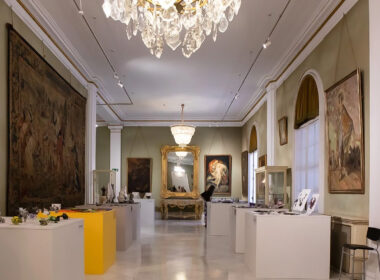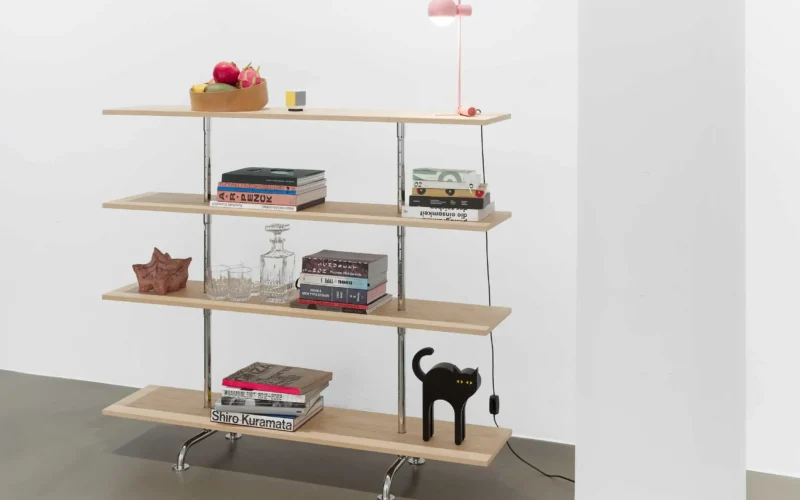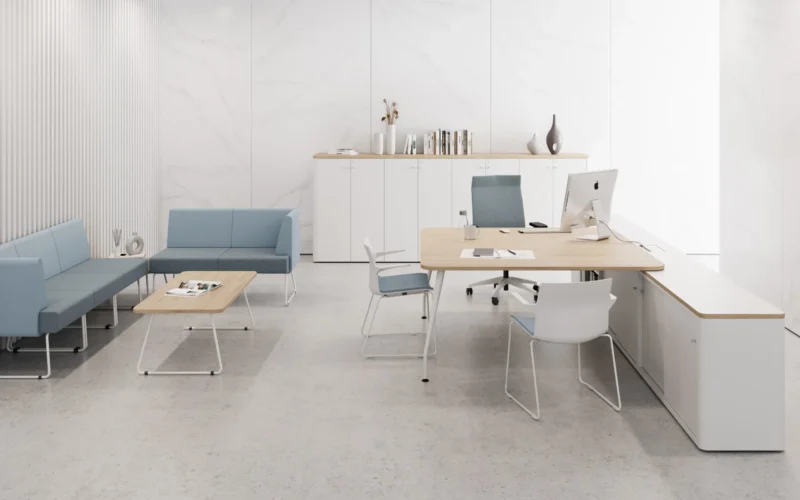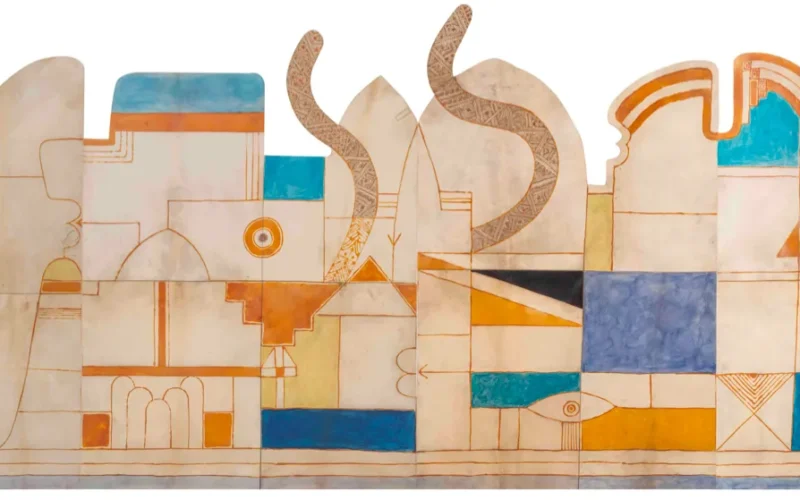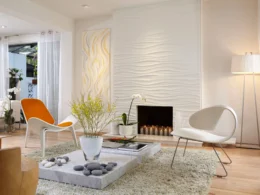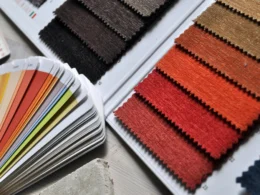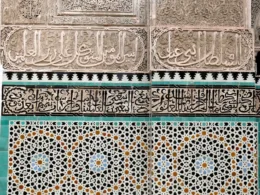If you’ve ever assembled a BILLY bookcase while sitting on a POÄNG chair, you might not realise it, but you’ve been living with echoes of Bauhaus design.
While most people associate IKEA with meatballs and flat-pack frustration, design lovers know there’s something deeper at play. Behind the unassuming names and hex keys lies a design philosophy that feels uncannily aligned with one of the 20th century’s most influential art movements: the Bauhaus.
In fact, one could argue that IKEA, intentionally or not, has become a kind of modern Bauhaus for the masses. Let’s unpack that idea, piece by piece.
Table of Contents
What Was Bauhaus, Anyway?

Founded in Germany in 1919, the Bauhaus school aimed to unite art, craft, and industry. It rejected the excessive ornamentation of previous design eras in favour of functionality, geometry, and minimalism. It believed good design should be accessible, not just to the elite, but to everyone.
Names like Walter Gropius, Marcel Breuer, and László Moholy-Nagy pushed boundaries by designing furniture, buildings, and objects that looked radically simple but were deeply intentional.
Now, fast forward to 1943, when a Swedish furniture company called IKEA was founded by Ingvar Kamprad. His goal? To bring affordable, well-designed furniture to the many. Sound familiar?
Shared Values: IKEA & Bauhaus
Though separated by time and geography, Bauhaus and IKEA share some uncannily similar principles:
- Form Follows Function
Both prioritise practicality. No unnecessary frills, just objects that serve a clear purpose.
- Affordable Design
Bauhaus wanted to bring quality design into the everyday home. IKEA made it happen at scale.
- Mass Production as Art
Bauhaus celebrated the machine age. IKEA mastered it, producing beautiful, modular furniture at an industrial scale without losing its soul.
- Simplicity and Minimalism
From the LACK table to Bauhaus’s nesting tables, the power lies in restraint. Clean lines, neutral colours, and timeless shapes.
IKEA Classics That Feel Bauhaus at Heart
Let’s take a moment to celebrate some iconic IKEA pieces that feel like they could have come straight out of the Bauhaus workshop.
BILLY Bookcase (1979) – The People’s Shelf
You’ve seen it. You probably own it. With over 60 million sold, the BILLY is proof that simple, functional design wins. Just like Bauhaus’s modular shelving, it’s scalable, practical, and completely democratic.
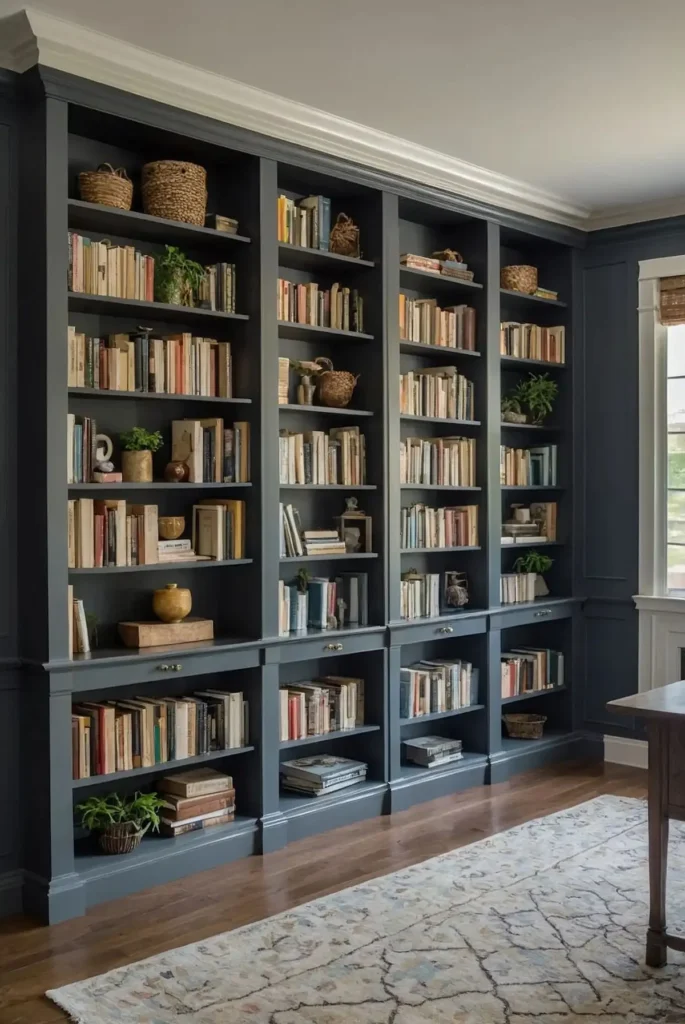
POÄNG Armchair (1976) – Form in Motion
Designed by Noboru Nakamura, this bentwood beauty channels Alvar Aalto and Breuer in equal parts. It flexes as you sit, a fusion of comfort and sculptural simplicity.
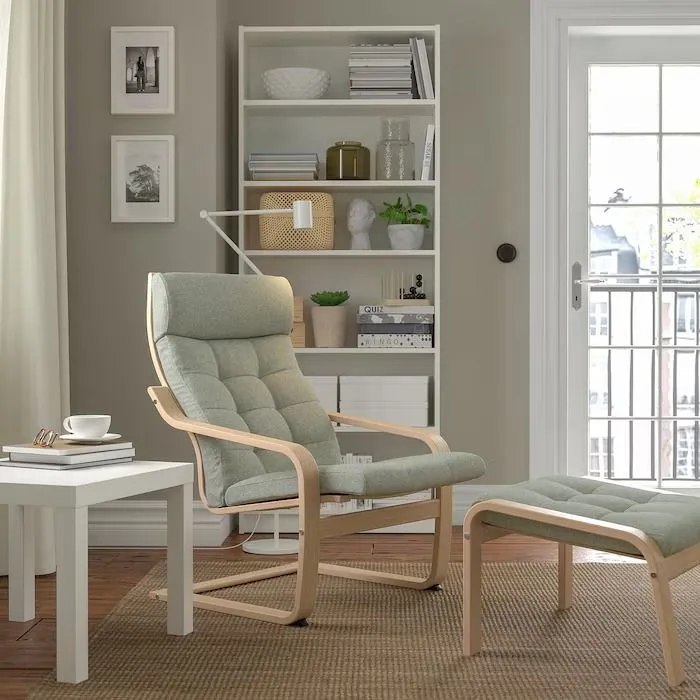
LACK Table (1980s) – Minimalism at Its Peak
This table is IKEA’s answer to “less is more.” A basic surface with nearly invisible legs, it embodies Bauhaus’s belief in honest, pared-down utility. It’s sold white, but people like to use it as a DIY table base.
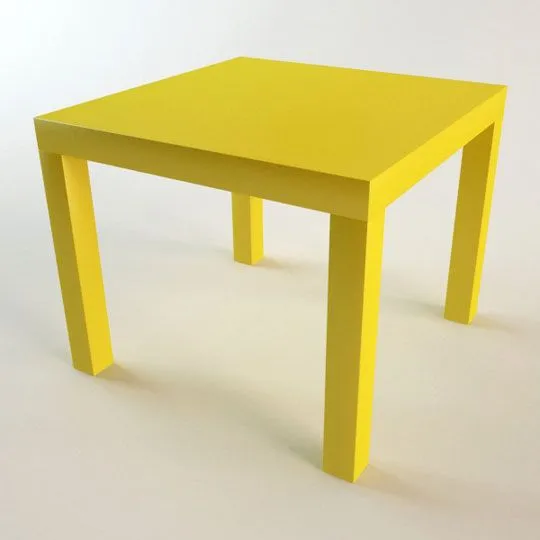
KLIPPAN Sofa (1980) – Cosy Bauhaus
Compact, boxy, and endlessly versatile, the KLIPPAN is the Bauhaus sofa you didn’t know you had. It’s bold in its simplicity, yet inviting in its form.
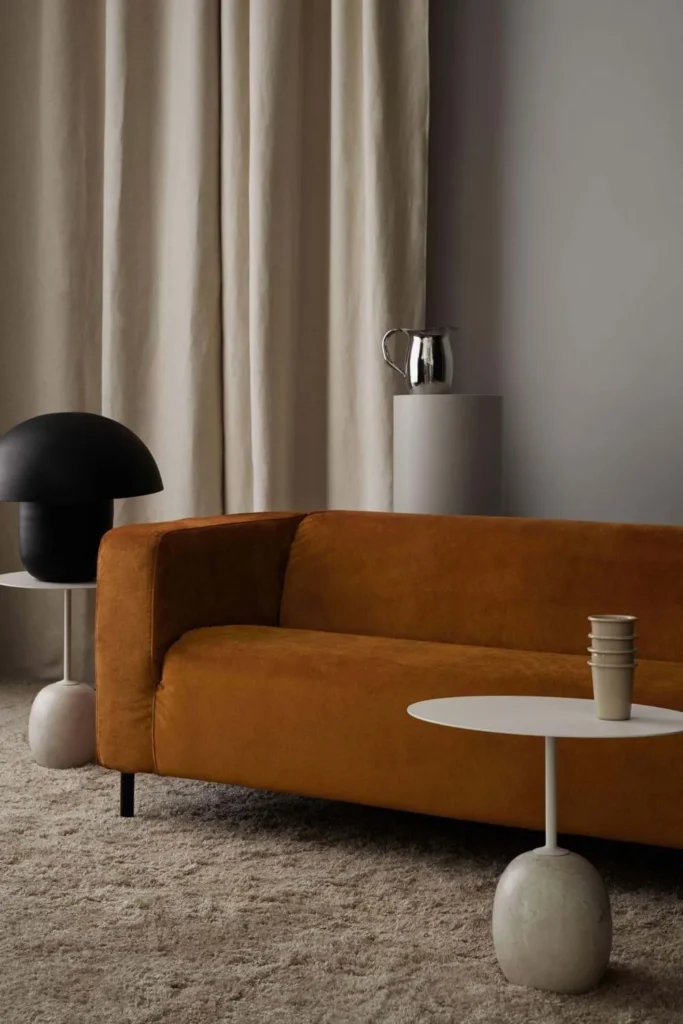
FROSTA Stool – A Nod to Aalto
Though discontinued, this stackable birch stool was a dead ringer for Alvar Aalto’s iconic Stool 60 at a fraction of the price. IKEA distilled a design classic for the modern home.
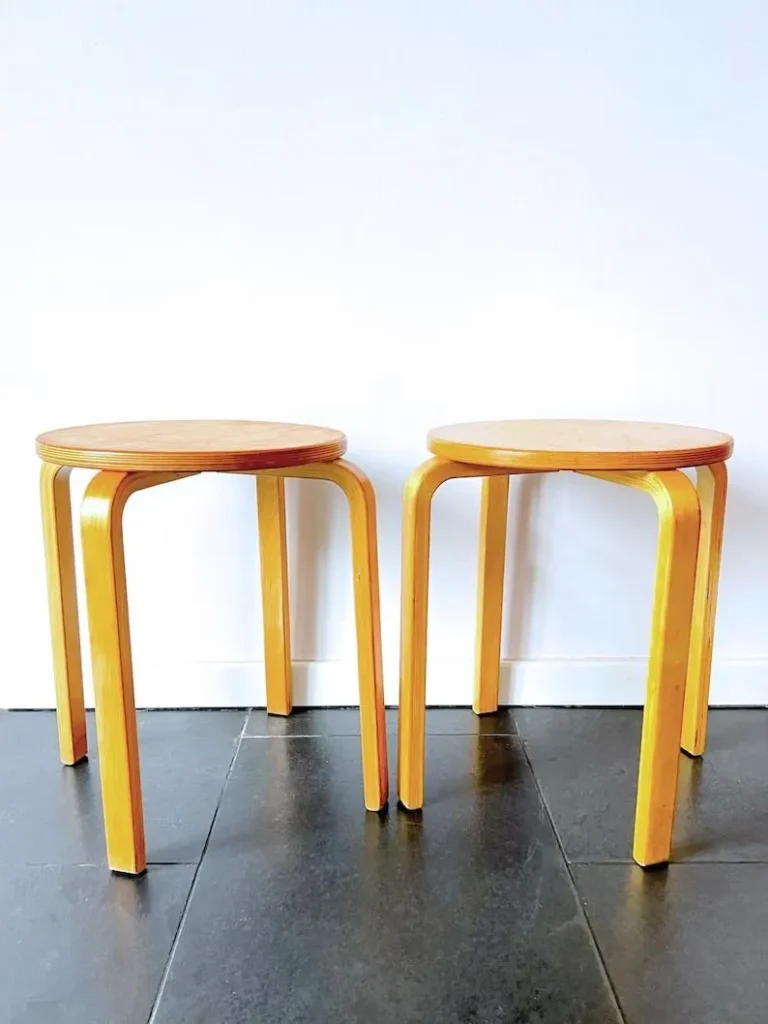
Inside the IKEA Design Process: A Modern Bauhaus Workshop
What many don’t realise is that IKEA doesn’t just churn out random products. Their in-house design team works much like the Bauhaus studio once did, balancing form, function, and economy.
They test prototypes in real homes. They build with efficiency and sustainability in mind. Materials are chosen for cost, durability, and aesthetics, whether it’s engineered wood or renewable bamboo. Every decision is calculated to make good design practical for everyday life.
Much like the Bauhaus workshops combined craftsmanship with emerging technology, IKEA uses data and design together to respond to real human needs.
Why This Matters Today
In a world drowning in over-designed, short-lived furniture, IKEA’s best pieces still whisper the same quiet message that Bauhaus shouted a century ago: design can be beautiful, affordable, and lasting.
Sure, not every IKEA product is a classic. But the ones that are? They’re more than just “cheap furniture.” They’re democratic design artefacts, accessible to almost anyone, anywhere.
So next time you’re curled up on your KLIPPAN, sipping coffee at your LACK table, take a moment. You might be living in the Bauhaus dream, just with an Allen key in hand.
Maybe the Bauhaus didn’t survive as a school. But its spirit? It’s alive and well, in millions of homes around the world, quietly humming in Swedish.
IKEA didn’t just bring furniture to the people. It brought design.
And that’s as Bauhaus as it gets.





